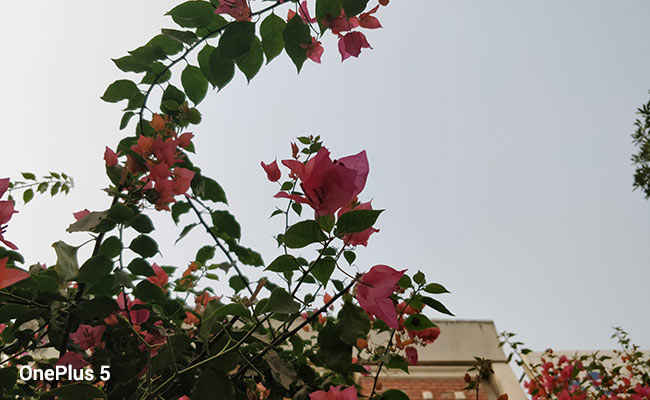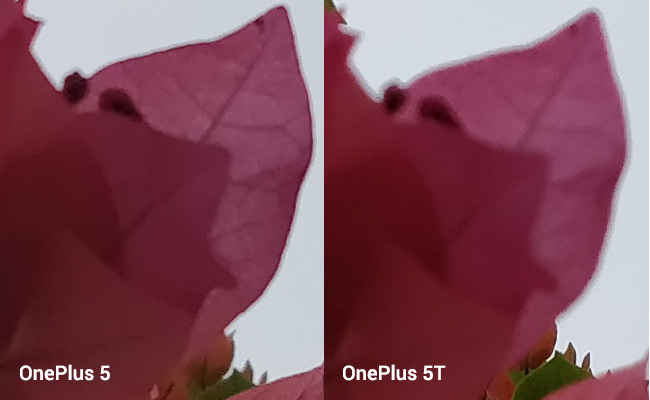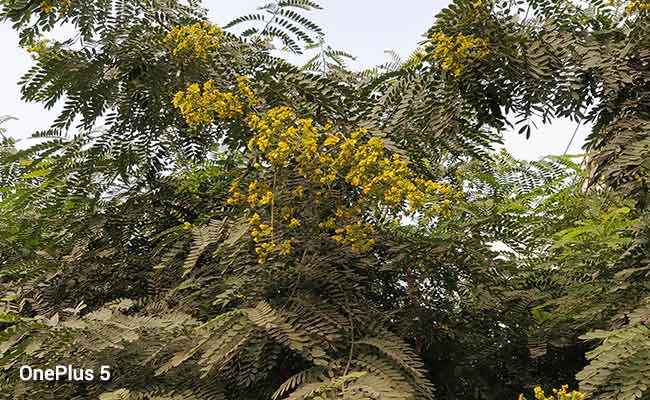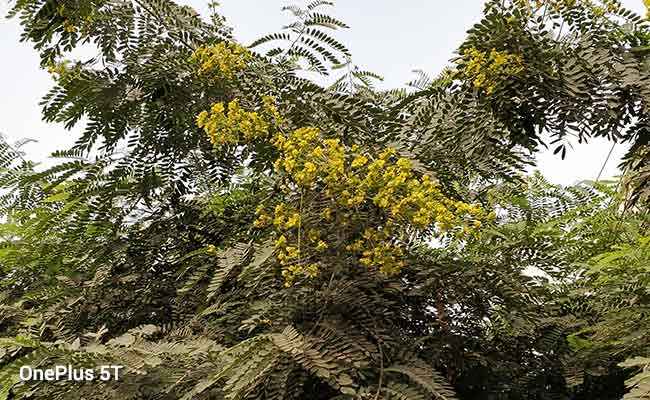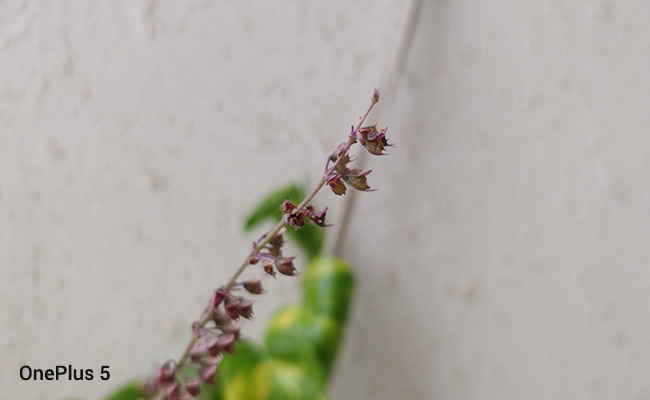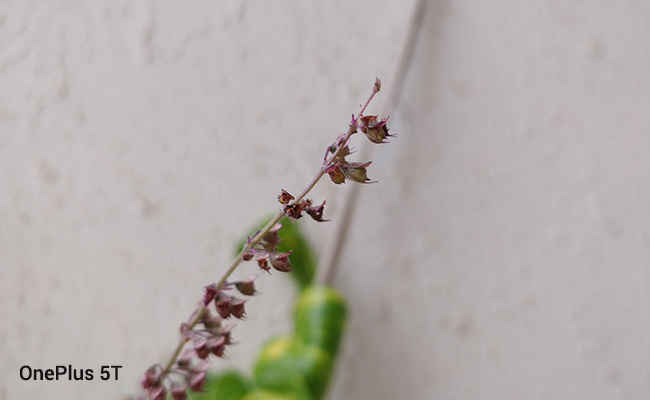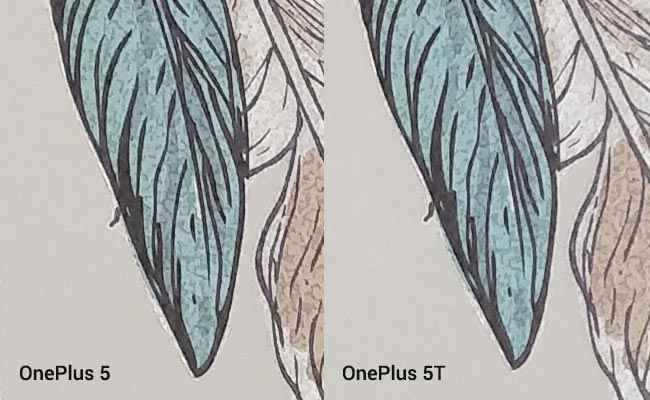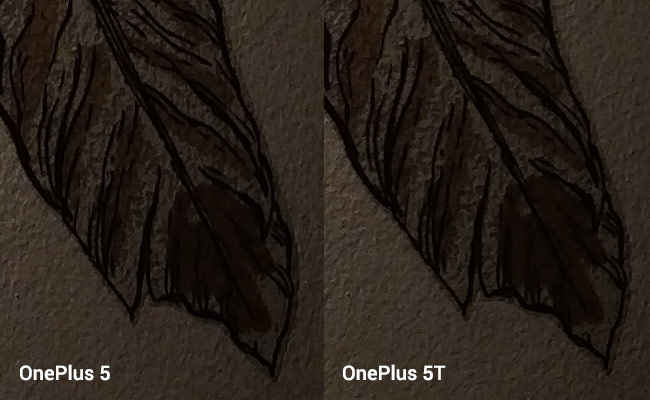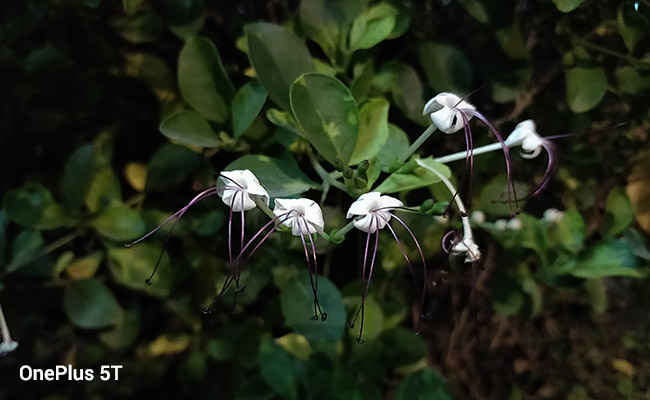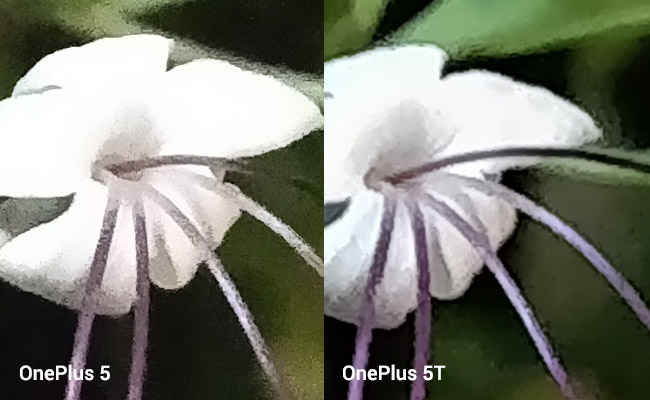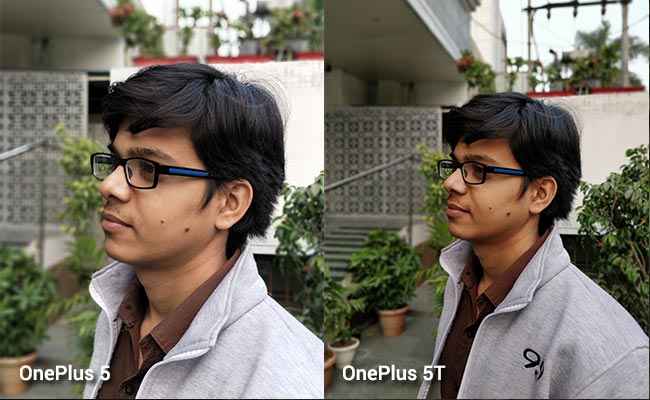Camera comparison: OnePlus 5T vs OnePlus 5
One of the biggest differences between the OnePlus 5 and 5T is the new rear camera setup. The 5T swaps its predecessor’s optical zoom in the quest for better low-light imaging with 20MP wide angle secondary camera. Let’s find out if the gamble paid off.
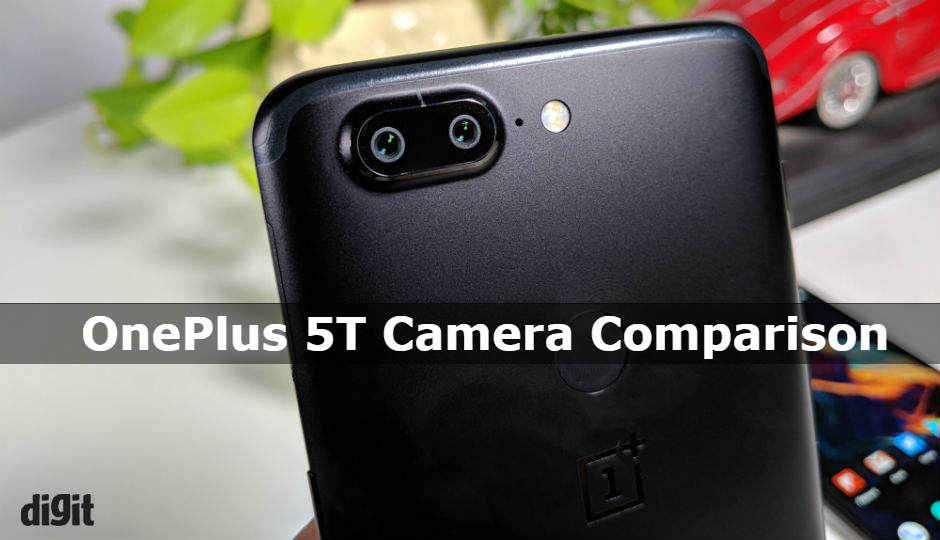
OnePlus 5T is out and while we are still in the process of reviewing the phone, we did manage to take the phone out along with its predecessor for an initial camera performance comparison. OnePlus 5T uses the same 16MP Sony IMX398 (pixel size: 1.12um) sensor which the OnePlus 5 uses. However, the secondary 20MP telephoto lens has been swapped with another 20MP camera using a different sensor, i.e Sony IMX376K (pixel size: 1um). That said, the phone does not lose its 2X zoom, but instead it is now done digitally. The new 20MP secondary camera has the same focal length of 27.22mm as the primary 16 camera and both cameras share the same aperture value of f/1.7. OnePlus tells us that the change allows the phone to take better low light images. In low light conditions (below the 10 lux of ambient lighting), the 16MP camera transfers imaging duties to the 20MP sensor. Besides this, OnePlus has also tweaked its camera algorithm for low-light situations and it clearly shows the difference.
 Survey
SurveyWith both cameras using wide-angle lenses, shooting portrait shots (yes the portrait mode is very much there), doesn’t require you to step back to get background separation. You might need to move a little closer to the subject though, given that the portrait shot is now taken with a wide-angle lens. Now that you know what has changed hardware wise, here is a look at the image samples taken from the two devices.
Normal daylight
In this image we have tried to capture the subject against the light. It is quite visible that the new 20MP secondary camera is doing depth mapping, with each leaf and flower being clearly separated from the background. The colour saturation however remains more or less the same with the images taken by OnePlus 5T coming out slightly warmer. The details are also little better on the image clicked by the OnePlus 5T. Overall the performance in normal daylight shots appears marginally better.
Normal daylight: 2X zoom
At first glance, both camera samples looks quite similar. However, if we take a closer look, the image taken by the OnePlus 5 is more detailed. The colours reproduction on the other hand looks quite similar. Details are obviously better on the OnePlus 5, the optical zoom on it allows better details than the digital zoom being employed on the OnePlus 5T
Normal daylight macro in Pro mode
Both cameras are good, but both struggle to focus when taking images of a smaller subject. In this case, we delved into the Pro mode to click this image, with the focus set for macro. The images taken by both cameras are quite good, but the one taken by OnePlus 5T is slightly more detailed. Apart from that, there is no discernible difference in the colour saturation as well as the dynamic range.
Normal daylight: Indoors
In normal lighting conditions, the image quality produced by both devices is quite close to each other. Once again, the only discernible difference between the two images is in the level of details, which seem slightly better on the OnePlus 5T. Apart from that, there is no difference in colour saturation, shutter speeds or even ISO for that matter. Both phones have taken this shot at 500 ISO.
Low light: Indoors
We see similar results in low light with the same subject. Both phones capture this image at 125 ISO, which is not bad. However, here OnePlus’ new camera algorithm comes into play and the image taken by the OnePlus 5T looks visibly better than the one captured by its predecessor.
Low light: Outdoors
The new camera algorithm kicks-in as soon as you move outdoors and encounter low-light conditions. The OnePlus 5T tries to cancel as much noise as possible and here is it quite visible if you see the black areas of the image. This in turn however, tunes down details a bit. That being said, you will only notice the difference, if you are pixel peeping. The OnePlus 5 on other hand has more visible noise in the image, and the detail level remain at par with the OnePlus 5T.
Low light: under 10 lux
As we mentioned earlier, the 20MP rear camera takes over the camera duties under 10 lux, and this is how it fares. The OnePlus 5T image has more details, more depth as well less noise compared to the OnePlus 5. The colours also look slightly better on the OnePlus 5T in comparison.
Bokeh: difference in focal length and details
On the OnePlus, the focal length changes as soon as you switch to portrait mode, but on the OnePlus 5T it remains unchanged. Basically, you don’t have to switch positions when taking a portrait image. The OnePlus 5T also takes sharper image with more details and has a slightly warmer tone, which seems better for skin tones.
Overall, it seems the OnePlus 5T is a better camera over the OnePlus 5. But, we’d reserve our final judgement for our in-depth review (coming soon). More importantly, OnePlus’ decision to go with a wide-angle secondary camera for low-light shooting seems like a good bet. On first impressions, we are impressed with the optics (sharper lens) on the OnePlus 5T. For an overall view of how the OnePlus 5T performs on initial testing, check out our first impressions of the OnePlus 5T.
Hardik Singh
Light at the top, this odd looking creature lives under the heavy medication of video games. View Full Profile
